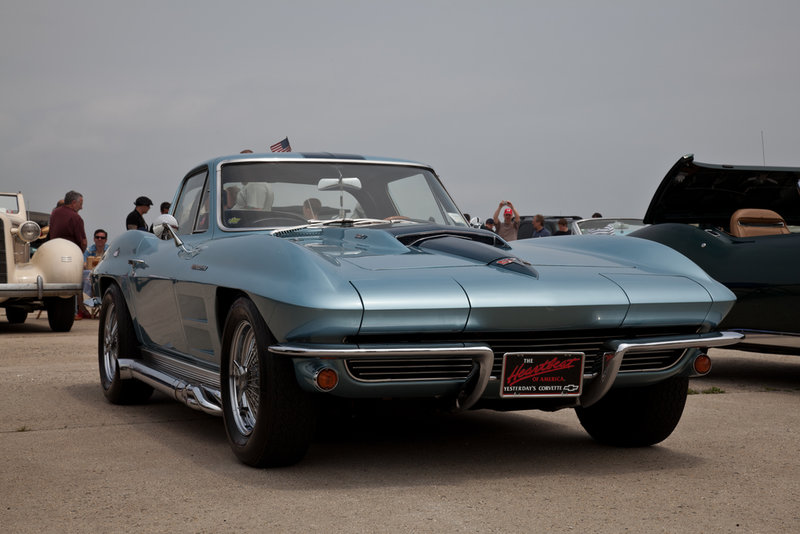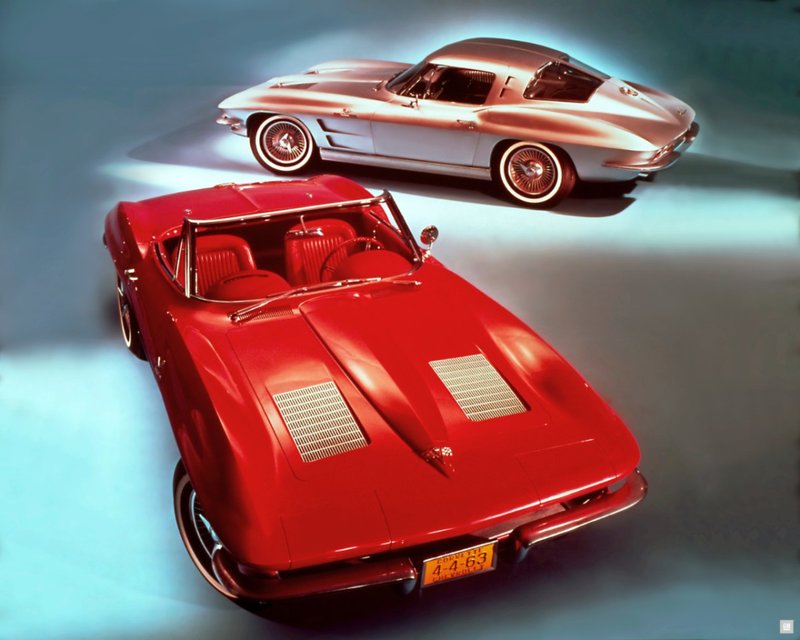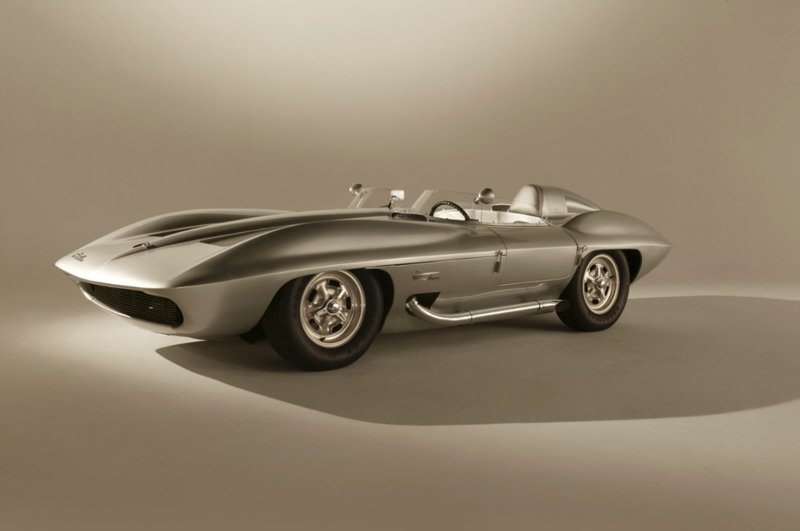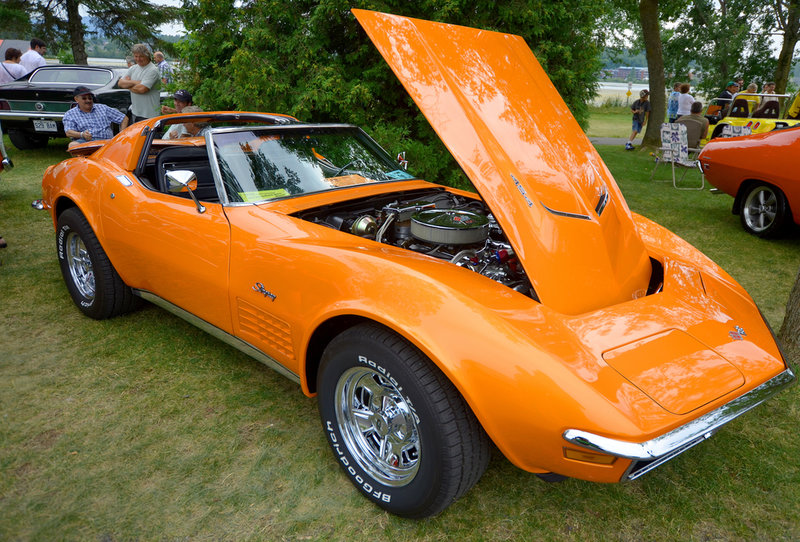The Chevrolet Corvette Stingray is part of the second generation of this sports car, which lasted from 1963 to 1967. As such, the 1963 Corvette Stingray was the first of this particular configuration, making it a classic.

source: ShutterStock
Stingray Origins
The Corvette Stingray was the result of two different projects from General Motors: the Sting Ray and the Q-Corvette. The Q-Corvette project began in 1957. It involved a smaller and more advanced corvette with four-wheel disc brakes, an independent rear suspension, inboard-mounted rear brakes, and a rear transaxle. This was combined with ideas for engines in the middle and rear of the vehicle, such as the Chevrolet Experimental Research Vehicle (CERV I) concept.

As of fall 1959, the String Ray Special racer and Q-Corvette shared features to create the XP-720 experimental project. This would eventually become the Corvette Sting Ray. The XP-720 offered improved passenger comfort, extra luggage space, and enhanced handling and ride compared to earlier Corvettes.
How It Compared to Previous Corvettes

1959 Stingray
As the result of multiple years of research and development, the 1963 Corvette Stingray certainly stood out from previous Corvettes. This was actually the first time that Corvette engineers tested the auto in a wind tunnel to help determine the final shape. Although engineers kept the fiberglass outer panels, the Stingray had almost twice as much support via steel in the central structure compared to previous models. To balance out this extra weight, Chevrolet reduced the thickness of the fiberglass, meaning that the Stingray weighed less than its predecessor. The passenger room also remained good despite a smaller wheelbase.
Unique Styling
This was the very first production Corvette coupe, and it was unique at the time in that it had a divided rear window. This was the work of Bob McLean and originally part of the Q-Corvette. Other styling components of the 1963 Corvette Stingray worth mentioning include the newly hidden quad headlamps, a trend that lasted until 2004. The coupe doors cut into the auto’s roof, making it easier to get in and out. There were also faux vents on the rear pillars and hood.
Inside the Corvette Stingray
The interior of the Stingray was a bit more practical thanks to the cowl-ventilation system, improved heater, and roomy glovebox. It also tweaked the familiar twin-cowl dash motif on previous Corvettes. The control tower center console became a bit smaller. However, it now had a vertically oriented radio and clock.

source: ShutterStock
Body and Mechanics
The 1963 Corvette Stingray got a new chassis and enhanced maneuverability courtesy of the Ball-Race steering, which was faster, paired with the shorter wheelbase. The stopping power got better for this model thanks to the four-wheel cast-iron drum brakes measuring 11 inches that grew in width. The Stingray got its own independent rear suspension, as well. The engines in the Corvette Stingray were largely familiar. They included the choice of four different small-block V8s, along with three transmissions. Engines could produce 250, 300, or 340 horsepower.
During the 1963 model year, Chevrolet built 21,513 units of the Corvette Stingray, an increase of 50 percent from the previous year and nearly equally divided between coupes and convertibles. With such high production numbers, you should not have any problem finding a 1963 Stingray for sale today.
